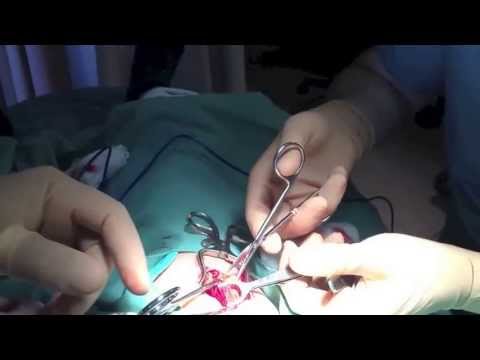
A biopsy, also known as a tissue biopsy, is an invasive medical procedure frequently performed by an interventional radiographer, or a plastic surgeon. The procedure involves the removal of tissue or cell samples from a person's body for analysis to determine the extent or presence of a particular disease.
As a general rule, biopsies are performed when there is an abnormality in blood cells
Blood cells can be identified by blood testing, such as the measurement of hematocrit (the percentage of red blood cells that are white) or by taking a sample of fluid from the body. There are many diseases and conditions that can lead to abnormal levels of hemoglobin, which is a substance that carries oxygenated blood in the blood. An example of an abnormality is chronic lung disease, which leads to the accumulation of excessive amounts of hemoglobin in the lungs, which is called pulmonary hypertension.
In order to diagnose the presence of an abnormality in the hemoglobin level, a physician may perform a routine blood test or use a diagnostic test called a hematocrit meter to measure the normal range for this measurement. However, with such simple methods, it is possible to miss the abnormal blood cells. This means that an incorrect diagnosis of the disorder can be made. If the patient is found to have an abnormality in hemoglobin, the physician will perform a biopsy of the lungs, blood vessels, heart, or liver, if they were affected. This is because an abnormality in any of these tissues can point to the existence of the problem.
When there are abnormalities in blood cells, the doctor can make an accurate diagnosis based on these tests. In most cases, patients who undergo a biopsy are diagnosed with chronic lung disease, and the physician will treat them accordingly. It may require a long course of medication, which can result in considerable side effects.
Another common procedure used to diagnose a condition is called an endoscopy. In this procedure, the doctor uses an x-ray machine to examine the inside of the digestive system and colon. This allows doctors to see the internal structures of the body and how the various organs work together.
Abnormal cells are examined for the specific disease by the use of a microscope
Because some diseases can cause abnormal growths in cells, the doctor may conduct the procedure under a microscope to confirm that the tissues are cancerous and therefore have a better chance of curing the disease in question.
A biopsy can be performed as a stand-alone procedure, which means the specimen is taken at the time of the examination, or it can be used for more complicated problems. In many cases, the specimen can be collected later, which is called a frozen biopsy, during a surgical procedure, such as in the case of mesothelioma, which affects the lining of the lungs. Another example is if the specimen was collected before surgery, but the tumor or cancerous growth grows larger and bigger after the surgery. This type of biopsy involves the use of an endoscope, which is very large and can be quite painful. In this case, the sample is removed in a way that allows for complete visualization of the cancerous growth without causing any damage to the tissue.
The most common method of obtaining a biopsy is using a needle. The doctor inserts a needle into a small hole in the sample to remove the sample. Read more about this method on the website Handaldok.com.
During this procedure, the doctor checks the blood flow, as well as any signs of cancer, and then determines if the sample can be used as part of a diagnostic procedure. If the sample cannot be used, it is sent to the pathology laboratory, where it is further examined by the appropriate pathologist. In the laboratory, tissue samples are examined to determine if they are indeed cancerous.
In rare cases, the sample may be damaged so much that it cannot be used for biopsy. In these cases, more invasive testing methods will need to be used. These include the use of computed tomography, which can show the exact location of a tumor or cancer, and the results can be compared to tissue samples obtained from a biopsy to confirm whether a tumor exists.
Some patients may opt for a more invasive examination, such as a whole lung biopsy, which involves removing all cancer cells to determine if the tumor can be removed. This procedure is performed to prevent further damage to tissues and organs and to prevent the spread of cancer cells, which can lead to further damage to the body.
